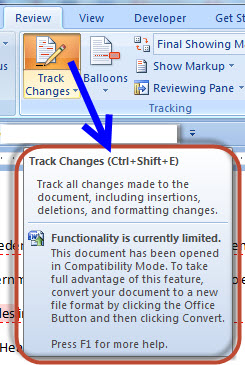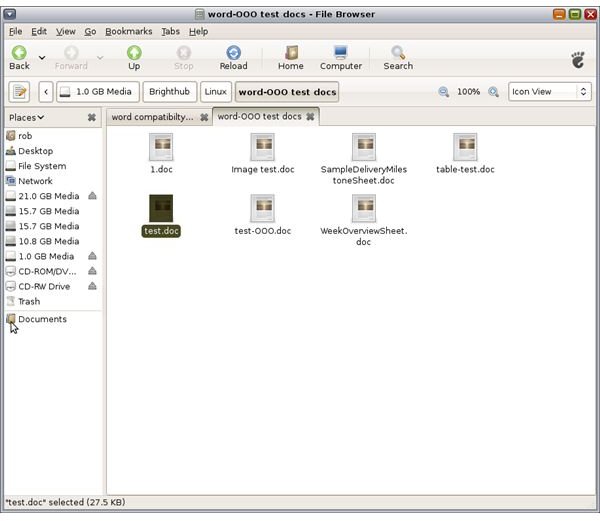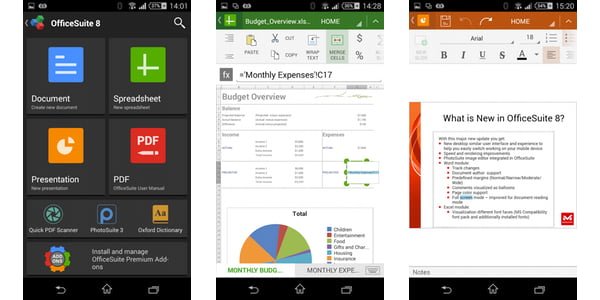

And since none of your changes are finite until the author has accepted them, you don’t have to worry about changing something irrevocably that he or she might not agree with. The process doesn’t differ at all from “regular” work in Word.


Select your preferred view and delete what you think should be left out, add letters, words or entire paragraphs that you consider missing, and format to taste. With Tracking activated, you can edit the copy as you like it.
OPENOFFICE TRACK CHANGES WORD COMPATIBILITY CRACK
If all you want your colleague to do is check for typos and spelling errors, using “Track Changes” would be like using a sledgehammer to crack a nut, since each change must be accepted by the author. The feature is particularly useful when asking somebody to proofread you text, suggest different phrasing and to make comments. The twist is: the original author sees who changed what where and can either accept or reject these changes (on a case by case basis or in one fell swoop) as well as reply to the reviewer’s comments. “Track Changes“ enables one or more persons to make changes to somebody else’s copy. What is “Track Changes” and when should I use it? There’s a lot functionality hidden from view, deep in the depths of the program, such as the “Track Changes” feature, which is a boon if you are collaborating with others on a text. If you’re the kind of person who opens Microsoft Word in Office 365 and immediately starts typing away, you’re missing out on some really useful stuff.


 0 kommentar(er)
0 kommentar(er)
